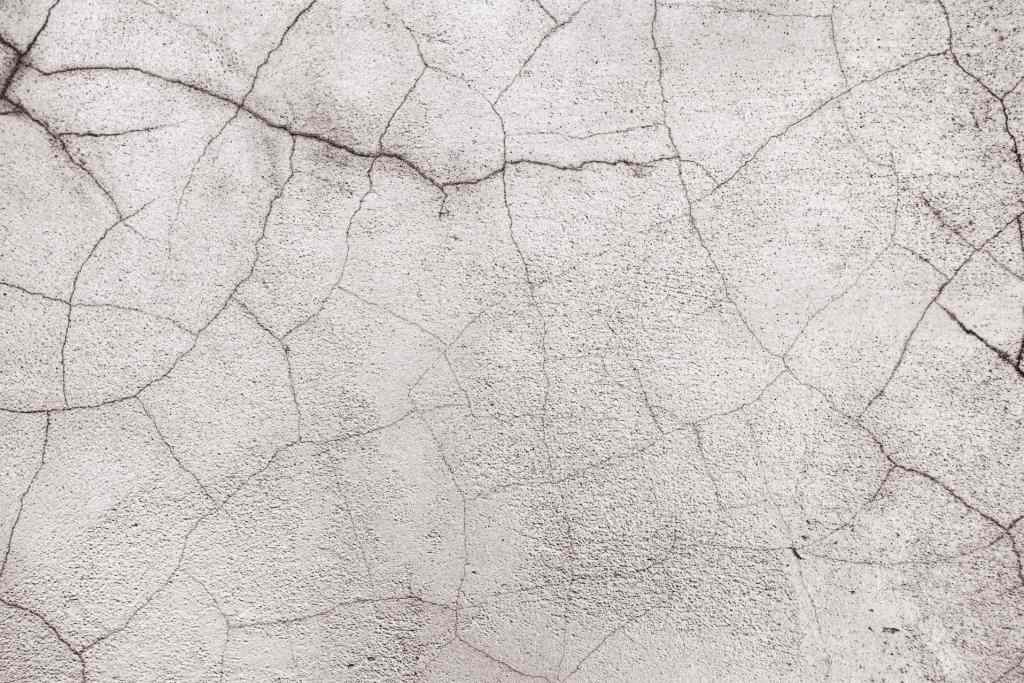Introduction
Concrete is a remarkable construction material known for its durability and strength. However, achieving the desired properties of concrete is not solely dependent on the mixing and pouring process. Adequate curing is equally crucial to ensure optimal performance and longevity. Unfortunately, the importance of proper concrete curing is often underestimated or overlooked. In this blog, we will explore the consequences of neglecting concrete curing and understand why it is a vital step in the construction process.
1. Reduced Strength and Durability
When concrete is not cured properly, it does not reach its full potential in terms of strength and durability. Curing allows the chemical reaction known as hydration to occur, where water reacts with cement particles to form a crystalline structure. Without sufficient curing, the hydration process is hindered, resulting in a weaker and less durable concrete.
Inadequately cured concrete is prone to cracking, scaling, and dusting. It may also exhibit decreased resistance to chemical attack, weathering, and abrasion. These factors can significantly impact the structural integrity of the concrete and its ability to withstand the forces it is subjected to over time.
2. Increased Permeability
One of the critical properties of concrete is its ability to act as a barrier against moisture and other harmful substances. Proper curing helps in reducing the permeability of concrete by ensuring the formation of dense and compact microstructure. In the absence of adequate curing, the concrete becomes more porous and susceptible to water penetration, chemical intrusion, and freeze-thaw damage.
Increased permeability can lead to a range of issues, including corrosion of reinforcing steel, efflorescence (white salt deposits), and the growth of mold and mildew. Moreover, moisture ingress can cause the concrete to swell, shrink, or crack, compromising the overall structural stability.
3. Surface Defects and Aesthetics
Inadequate curing often results in various surface defects, significantly affecting the aesthetic appeal of concrete structures. Some common issues include plastic shrinkage cracks, crazing, discoloration, and uneven curing patterns. These defects not only diminish the visual appearance but can also weaken the surface integrity, leading to potential long-term problems.
Additionally, improper curing can cause a significant difference in color and texture between different sections of concrete, particularly in cases where multiple pours or finishes are involved. This can be particularly problematic for projects that require consistent appearance, such as architectural designs or decorative concrete.
4. Extended Setting Time
Proper curing helps maintain the necessary moisture content in the concrete, facilitating the hydration process and allowing it to set and harden at an appropriate rate. Neglecting curing can lead to premature drying of the concrete, which extends the setting time and affects the overall construction schedule.
A prolonged setting time can be inconvenient for contractors, delaying subsequent construction activities and increasing project timelines. It can also create challenges during finishing operations, as the concrete may become harder and less workable before achieving the desired finish.
Conclusion
The importance of proper concrete curing cannot be overstated. Neglecting this critical step in the construction process can result in reduced strength, decreased durability, increased permeability, surface defects, and extended setting time. Investing time and resources in adequate curing measures, such as moist curing, using curing compounds, or providing a suitable environment, pays off in the long run by ensuring the longevity and performance of concrete structures.
Builders, contractors, and project stakeholders must recognize the significance of curing and incorporate it as an integral part of their construction practices. By doing so, they can ensure that their concrete structures achieve their desired strength, durability, and aesthetic appeal, providing a solid foundation for a successful project.

